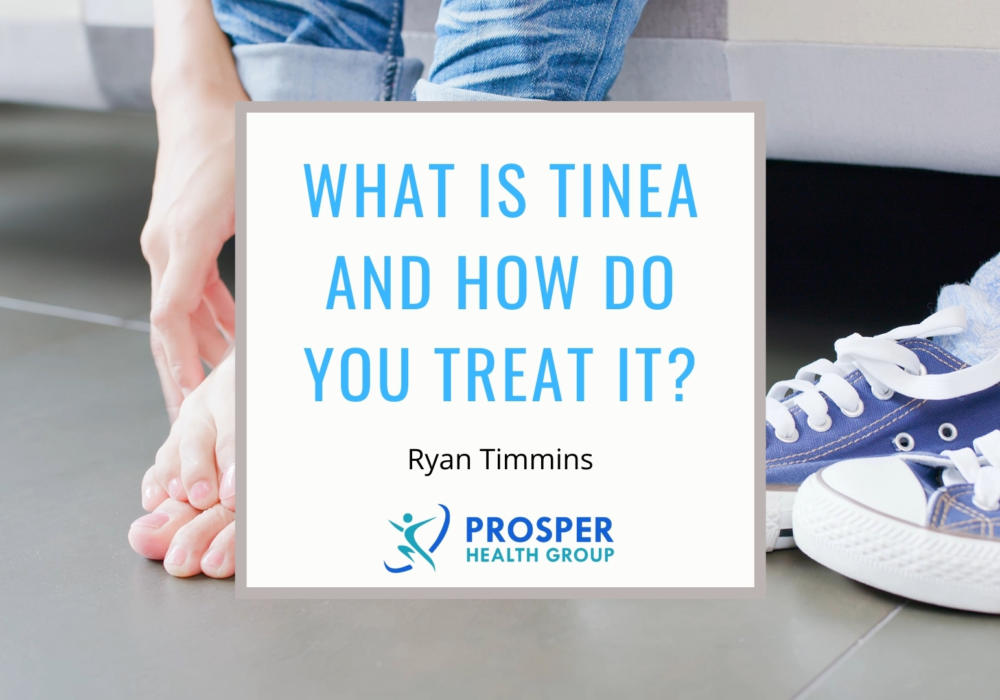Tinea – what is it? How do you get it? How do you treat it?
Our Highton Podiatrist, Ryan, discusses all things tinea in our latest blog post.
What is tinea?
Tinea (also known as tinea pedis and athlete’s foot) is a fungal infection affecting the skin on our feet. This fungal infection affects the surface layer of our skin and is caused by fungi called dermatophytes. These dermatophytes thrive in warm, moist environments such as pools, showers, change rooms and can be picked up by walking barefoot in these settings.
Characterised by a scaly rash, redness, itchiness and sometimes burning sensations, most people will develop tinea in-between their toes and on the bottom of their feet. This is not surprising as these are warm, moist dark areas where the fungal infection can thrive.
How do you get tinea?
People get tinea by coming in direct contact with other infected people or contaminated objects (such as towels, socks, floors, tiles, bath mats etc). As mentioned above, the dermatophytes that cause tinea infections love warm, moist dark environments. Settings such as pools, showers, locker rooms, spas etc make perfect breeding grounds for the dermatophytes to develop in and cross contamination to occur.
What are the risk factors for developing tinea?
- Living in warm humid climates.
- Using public pools, showers, spas or bathrooms.
- Having excessively sweaty feet
- Wearing tight, non-breathable socks.
- Having diabetes or a weak immune system.
Signs and symptoms of tinea pedis:
- A red, scaly rash (typically this will originate between the toes before spreading)
- Symptoms of itchiness or burning.
- Maceration or peeling of skin around the toes and on the bottom of the foot.
- Dry flakey skin.
How do you treat tinea?
Tinea can often be mistaken for other dermatological conditions such as eczema, dermatitis, bacterial infections, psoriasis and more. Before treating your tinea, it is always best to have it examined by a professional first.
Once you know for sure it is tinea you are suffering from, over the counter antifungal creams and sprays are usually sufficient in treating the infection. These are often used for a period of time that can range from a few days to a few weeks depending on the severity of the tinea infection. Rarely are oral antifungal medications called on to resolve cases of tinea pedis, however are an option for when topical treatments yield no resolution.
What to do from here?
To have your feet assessed and treated by one of our trained Podiatrists, simply call 5290 5238 or book online.
Thanks for reading,
Ryan Timmins
Podiatrist




